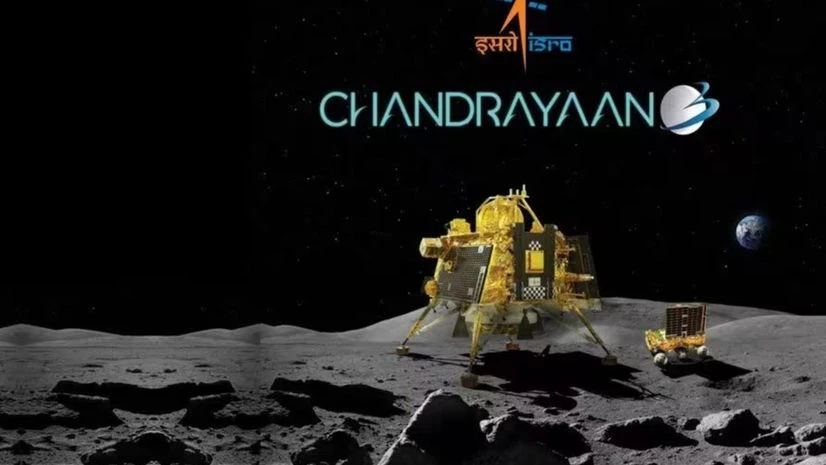Pragyan rover, part of the Chandrayaan-3 lunar mission, on Wednesday, sent pictures of the Vikram lander to the Indian Space Research Organisation (Isro), the agency said in a post on social media platform X.
"Smile, please!" the post read.
"Pragyan Rover clicked an image of Vikram Lander this morning. The 'image of the mission' was taken by the Navigation Camera onboard the Rover (NavCam)," it added.
Chandrayaan-3 Mission:
— ISRO (@isro) August 30, 2023
Smile, please!
Pragyan Rover clicked an image of Vikram Lander this morning.
The 'image of the mission' was taken by the Navigation Camera onboard the Rover (NavCam).
NavCams for the Chandrayaan-3 Mission are developed by the Laboratory for… pic.twitter.com/Oece2bi6zE
Also Read
NavCams for the Chandrayaan-3 Mission are developed by the Laboratory for Electro-Optics Systems (LEOS) in Peenya Industrial Estate, Bengaluru. It also deals with the design, development and production of Attitude Sensors for all LEO, GEO and interplanetary missions; and develops and delivers Optical Systems for remote sensing and meteorological payloads.
Earlier on Tuesday, Isro said that the rover has unambiguously confirmed the presence of sulphur on the lunar surface near the south pole, through first-ever in-situ measurements.
It also said the Laser-Induced Breakdown Spectroscope (LIBS) instrument onboard Pragyan also detected aluminium, calcium, iron, chromium, titanium, manganese, silicon and oxygen, as expected.
"The Laser-Induced Breakdown Spectroscopy (LIBS) instrument onboard Chandrayaan-3 Rover has made the first-ever in-situ measurements on the elemental composition of the lunar surface near the south pole. These in-situ measurements confirm the presence of Sulphur (S) in the region unambiguously, something that was not feasible by the instruments onboard the orbiters," the space agency said in a statement.
According to Isro, LIBS is a scientific technique that analyses the composition of materials by exposing them to intense laser pulses.

)
